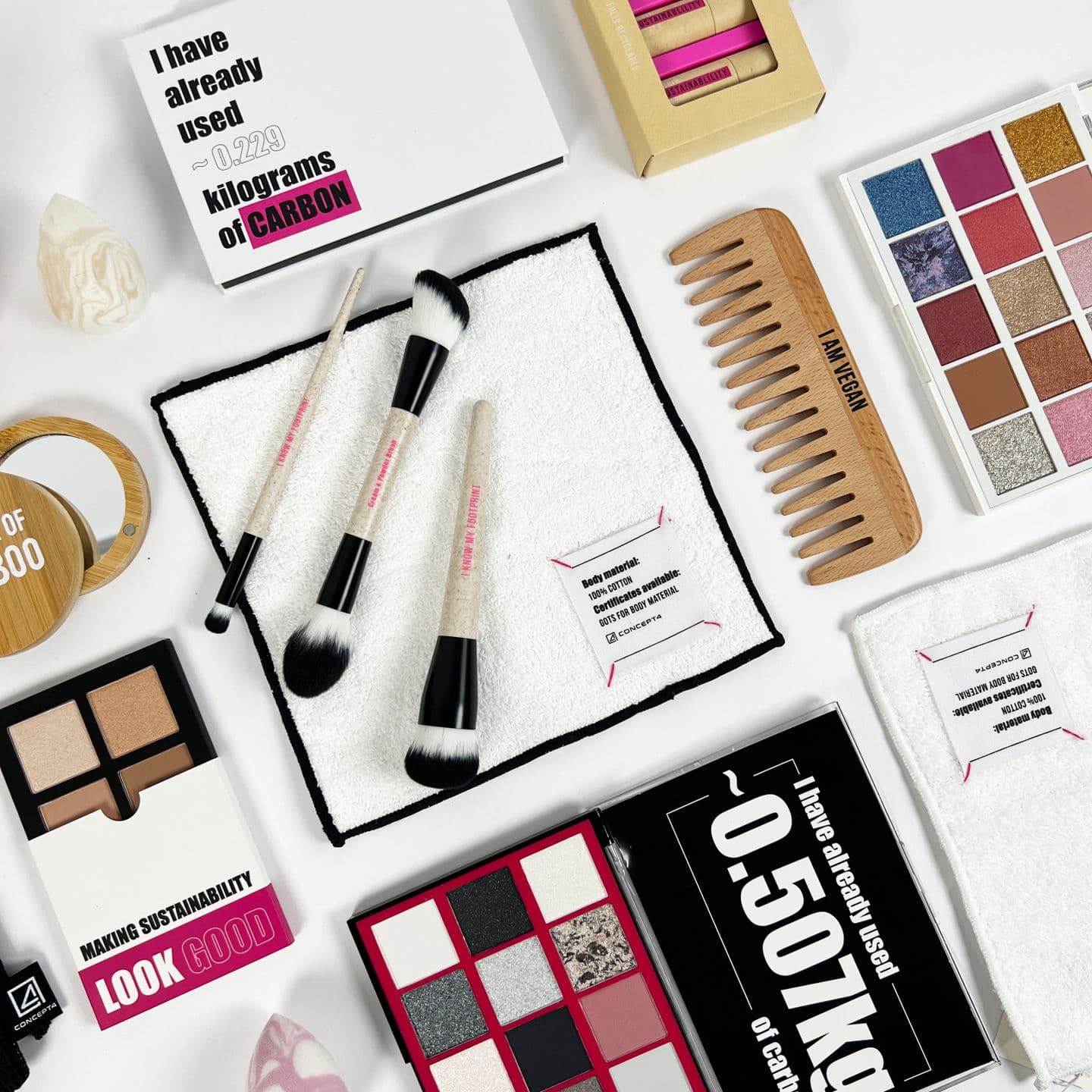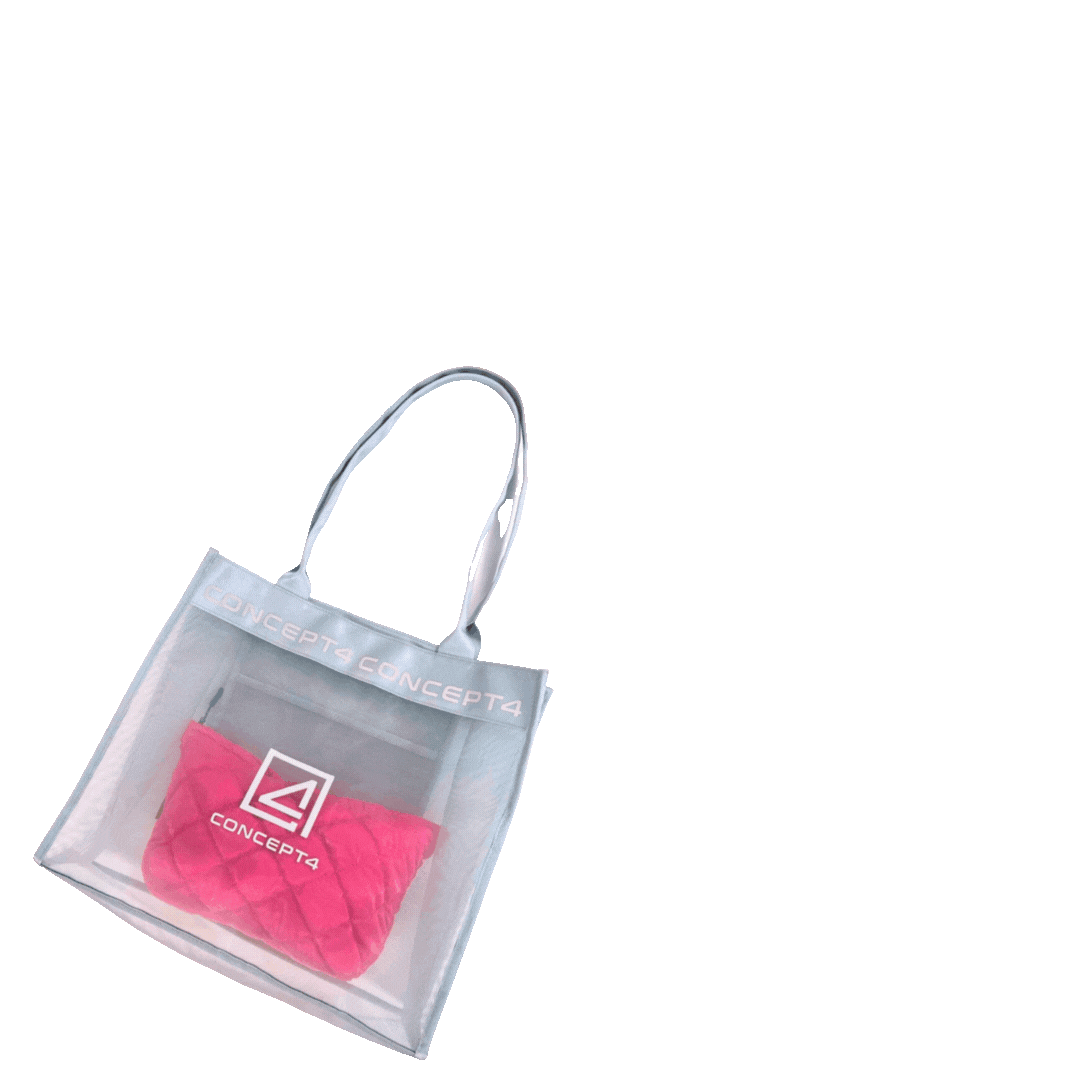In an era where climate change is no longer a distant threat but a pressing reality, industries like beauty and fashion are under increasing scrutiny for their environmental footprint. According to WGSN & United Nations data, the fashion sector alone accounts for about 10% of global carbon emissions—more than international flights and maritime shipping combined. While beauty products’ environmental cost remain underneath the world’s discussion table, yet it contributes a significant amount with tonnes of plastic packaging, extraction of agricultural ingredients, and long logistic distances along the supply chains.
Carbon Tracking in the Beauty & Fashion Industry
The beauty and fashion industries are resource-intensive, relying on global supply chains that span raw material extraction, processing, manufacturing, and distribution. Synthetic fabrics like polyester release microplastics and rely on fossil fuels, while even natural materials like cotton can be highly water-intensive and rely heavily on synthetic pesticides.
Carbon intensity varies across factories due to differences in energy sources, equipment efficiency, and operational practices. Some facilities rely on fossil fuels like coal, while others use renewables—but energy efficiency depends on more than just the power source.
Traditional carbon accounting is often retrospective, relying on annual audits that come too late to influence design decisions. Our Carbon Emission Estimation Tool flips the script by providing proactive insights. Developed in-house by our sustainability and digital experts, it's tailored to our operations but holds broader potential for suppliers, brands, and even consumers who demand transparency.

What Does the Carbon Emission Estimation Tool Do?
This tool estimates the carbon emissions tied to producing our products, focusing on two key factors: the materials used and the factories selected. It calculates emissions in kilograms of carbon dioxide (kgCO₂), using lifecycle assessment principles to evaluate upstream impacts like raw material sourcing and manufacturing. These emissions fall under Scope 3, Category 1 for both Concept4 and our clients—capturing the footprint of purchased goods and services. For suppliers, the same emissions are considered Scope 1 and 2, as they stem from direct operations.
The tool shows how small changes—like switching to a lower-impact material can significantly reduce a product’s footprint. This empowers our designers, sourcing teams, and executives to align innovation with planetary health.
How Does It Work? A Step-by-Step Breakdown
This process takes minutes, not months, making it integral to our product development workflow. It's cloud-based for easy collaboration, and we're continually updating the database with real-world data from audits and supplier reports. Here's how we use it in practice:
Input Product Basics: We start by entering the total weight of the product. This serves as the foundation for scaling emissions calculations.
Define Material Composition: Next, we break down the product into its elements. For a lipstick, this might include the tube (plastic or aluminum), the formula (oils, waxes, pigments), and secondary packaging. We specify the exact materials—e.g., virgin PET plastic versus recycled PET—and their weights.
Assign Percentage Contributions: Not all parts are equal. We allocate percentages to show how much each element contributes to the overall product weight. For example, in a handbag, the main body fabric might be 70% of the total weight, hardware 20%, and lining 10%. This granular approach ensures accuracy.
Select a Factory: Drawing from our vetted database of manufacturing partners, we choose a factory. The tool factors in the site's location, energy sources, efficiency ratings, and historical emission data.
Run the Simulation: With a click, the tool crunches the numbers using established emission factors. It outputs a total kgCO2e per unit, broken down by material and production phase.
Compare Scenarios: The real power comes in iteration. We can swap variables—like changing the main material from polyester to organic cotton—and instantly see the delta in emissions.
Real-World Impact: Comparing Key Product Categories
To bring the tool to life, we've run comparisons on some of our core categories, isolating the effect of changing just the main material. These examples highlight how material choices at early development stage can dramatically alter a product's carbon profile, assuming the same factory and production volume.

Pouches
Baseline: A pouch made with virgin polyurethane (PU) has a high carbon footprint.
Alternative: Using recycled polyethylene terephthalate (RPET) significantly reduces emissions.
Impact: For a 10,000-unit order, the difference between PU and RPET is 3,750 kgCO2e. This is equivalent to emissions from 0.893 gasoline-powered vehicles driven for one year or the carbon sequestered by 62 tree seedlings grown for 10 years.
Makeup Brushes
Baseline: Polylactic acid (PLA) brushes have a higher environmental impact.
Alternative: Switching to wood-based brushes lowers the footprint.
Impact: For a 10,000-unit order, the difference between PLA and wood is 1,000 kgCO2e, equivalent to emissions from 0.238 gasoline-powered vehicles driven for one year or the carbon sequestered by 16.5 tree seedlings grown for 10 years.
Makeup Palettes
Baseline: Virgin plastic palettes contribute significantly to emissions.
Alternative: Using recycled paper reduces the environmental impact.
Impact: For a 10,000-unit order, the difference between virgin plastic and recycled paper is 5,930 kgCO2e, equivalent to emissions from 1.4 gasoline-powered vehicles driven for one year or the carbon sequestered by 98.1 tree seedlings grown for 10 years.

Why It Matters: Measuring Emissions to Drive Real Change
The "why" boils down to accountability and innovation. With the tool, we can:
Quantify Impact: Understand the true impact of decisions in kgCO2e, moving beyond vague "eco-friendly" labels.
Optimise Supply Chains: Favor factories with renewable energy or efficient processes, fostering better partnerships. We utilise this tool to establish KPIs that drive continuous improvement in our core factory partnerships.
Foster Transparency: Share emission data with clients and consumers, building trust in an era of greenwashing scrutiny.
Spark Positive Change: By making informed choices, we're reducing our overall footprint. Switching from a high-emission material to a lower-impact alternative across 10,000 units could result in meaningful carbon savings. Depending on the materials involved, this might range from several hundred kilograms to multiple tons of CO₂.
Ultimately, this tool supports global climate goals such as the Paris Agreement and EU Green Deal, which aim to reduce emissions through ambitious targets and policy frameworks.
Interested in learning more?
Book a demo with us to explore how data-driven design can help reduce your carbon footprint—without compromising creativity!




